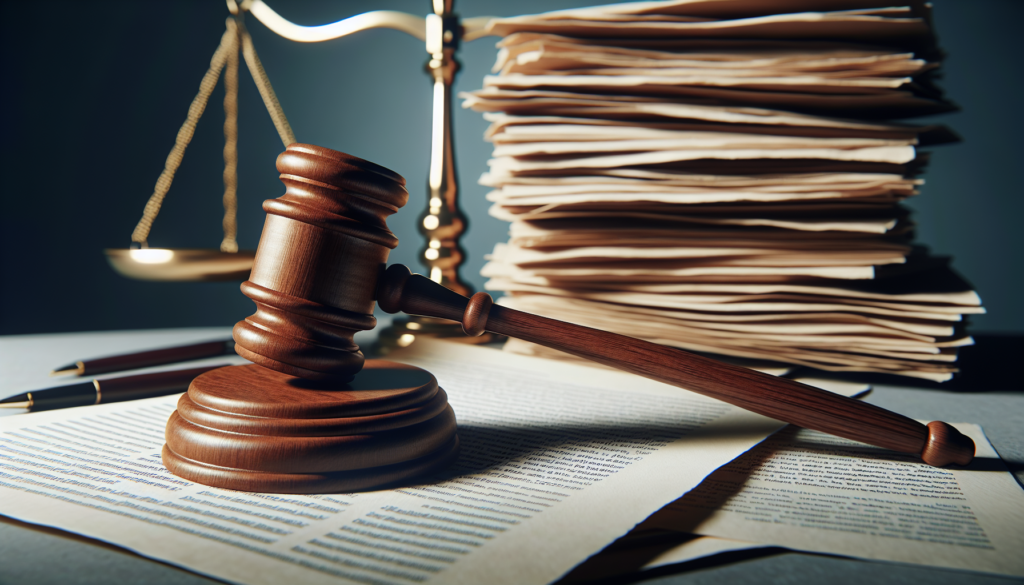
Starting the bankruptcy process involves several important steps. Whether you’re considering Chapter 7 or Chapter 13 bankruptcy, it’s crucial to approach the process methodically and with a clear understanding of the implications. Here’s a step-by-step guide on how to start the bankruptcy process:
- Assess Your Financial Situation
- Review Your Debts: Determine what kinds of debts you have (secured, unsecured, priority) and whether they can be discharged through bankruptcy.
- Analyze Your Income and Expenses: Understand your monthly income and expenses to see if you can manage your debt without filing for bankruptcy.
- List Your Assets: Inventory your assets and property to evaluate what might be at risk of liquidation in a Chapter 7 bankruptcy or how they might affect a Chapter 13 repayment plan.
- Understand the Different Types of Bankruptcy
- Chapter 7 Bankruptcy: Also known as liquidation bankruptcy, it’s designed for individuals who cannot afford to pay their debts. It involves selling non-exempt assets to pay creditors.
- Chapter 13 Bankruptcy: Known as a wage earner’s plan, it allows individuals with regular income to develop a plan to repay all or part of their debts over three to five years.
- Complete a Credit Counseling Course
- Before you can file for bankruptcy, you must complete a credit counseling course from an approved agency within 180 days before filing. This course is designed to ensure you understand all of your debt relief options, including bankruptcy.
- Gather Necessary Documents
- Collect all necessary financial documents, including tax returns, pay stubs, loan documents, mortgage statements, and any other information regarding your debts, assets, income, and expenses.
- Consult with a Bankruptcy Attorney
- Bankruptcy law can be complex, and the guidance of an experienced bankruptcy attorney can be invaluable. An attorney can help you decide which type of bankruptcy is best for your situation, ensure your paperwork is filed correctly, and represent you in court.
- Prepare Your Bankruptcy Petition
- If you decide to proceed, you (or your attorney) will need to prepare and file a bankruptcy petition with the court. This includes filling out various forms detailing your financial situation.
- File Your Bankruptcy Petition
- Filing your petition with the bankruptcy court officially starts the bankruptcy process. For Chapter 7, this involves paying a filing fee (which can sometimes be waived or paid in installments). For Chapter 13, you’ll also need to submit your proposed repayment plan.
- Attend the Meeting of Creditors
- After filing, you’ll be required to attend a meeting of creditors (341 meeting), where creditors can ask questions about your finances and the information provided in your bankruptcy filing.
- Complete Additional Requirements
- Depending on the type of bankruptcy, you may need to complete additional steps, such as a debtor education course for Chapter 7 or making plan payments for Chapter 13.
- Receive Your Discharge
- At the end of the bankruptcy process, you’ll receive a discharge that releases you from personal liability for certain debts. In Chapter 7, this typically happens a few months after filing. In Chapter 13, the discharge occurs after the completion of the repayment plan.
Starting the bankruptcy process is a significant financial decision with long-term implications. It’s essential to thoroughly understand your options, the potential consequences, and the steps involved. Consulting with a bankruptcy attorney can provide personalized advice and help you navigate the process more smoothly.

Get a Free Bankruptcy Case Evaluation